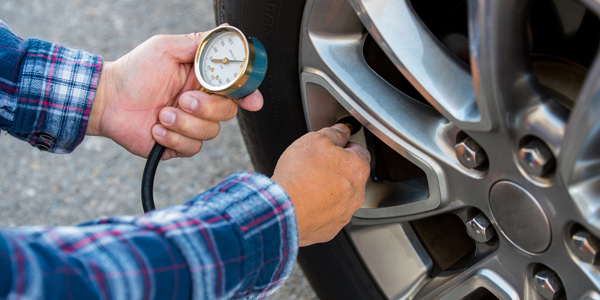
Have you ever noticed that when the weather turns colder, the tire-pressure monitoring system (TPMS) light on your dashboard comes on more frequently?
The Car Care Council recommends checking your tire pressure regularly during the winter to help keep the TPMS light off – and your vehicle safe.
“It’s typical at this time of year for motorists to get TPMS warnings and then get worried about their tires,” said Rich White, executive director of the Car Care Council. “Often drivers will see this in the morning when it’s coldest. If the temperature warms, the light could turn off but it’s likely that tires will still be a few psi under-inflated. This is why it’s important to check tire pressure regularly.”
According to the U.S. Tire Manufacturers Association, for every 10-degree drop in temperature, tire pressure decreases 1 to 2 pounds per square inch (psi). Checking the tire pressure is important for vehicle safety, tire life and gas mileage.
Incorrect tire pressure can lower gas mileage by 0.3 percent for every 1 psi drop in pressure of all four tires and improve fuel efficiency by up to 3.3 percent when the correct tire pressure is maintained.
“Tire pressure should be checked at least monthly,” White said. “It is important to note that newer cars with tire-pressure monitoring systems may not alert you until the tire is significantly under-inflated, so you may want to check it more frequently. It is important to check tire pressure whenever there is a significant weather change and more often during the winter months.”
The Car Care Council is the source of information for the “Be Car Care Aware” consumer education campaign promoting the benefits of regular vehicle care, maintenance and repair to consumers. For a copy of the council’s Car Care Guide or for more information, visit www.carcare.org.







